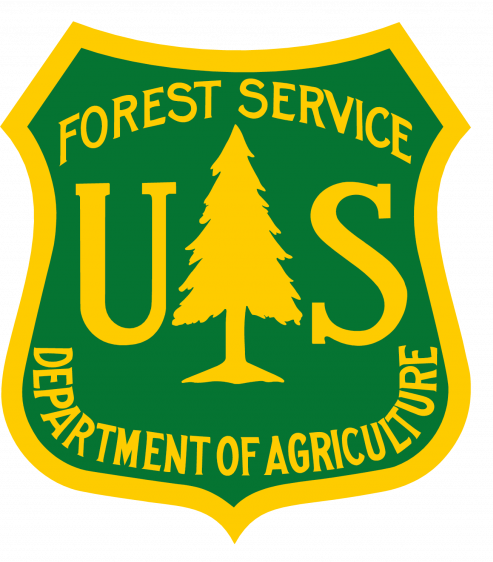Strengthening community capacity and promoting public participation
 Compass Forest Landscape Restoration (FLR) in Chittagong Hill Tracts (CHT-FLR) is a pilot initiative to demonstrate ways to enhance the capacity of the indigenous population and local government institutions by restoring forest landscapes in a participatory process. It responds to the national commitment to the Bonn Challenge of restoration. The approach is a locally-led adaptation by – 1) improving land management, 2) governance of local hill forest resources, 3) reducing risks of changing climate and degradation, and 4) increasing carbon stock by planting trees for mitigation. The approach focuses mainly on connecting smallholders’ lands by enrichment planting in these farms and its surrounding degraded hill forest with mosaic-scale restoration covering 1000 hectares. This will help to demonstrate FLR methods and best available practices by species selection and land use modeling for the 48,000 hectares district boundary. The FLR participating villagers are also receiving skill development training with inputs for alternative income generating activities (AIGAs) such as integrated homestead gardening, horticulture, etc.
Compass Forest Landscape Restoration (FLR) in Chittagong Hill Tracts (CHT-FLR) is a pilot initiative to demonstrate ways to enhance the capacity of the indigenous population and local government institutions by restoring forest landscapes in a participatory process. It responds to the national commitment to the Bonn Challenge of restoration. The approach is a locally-led adaptation by – 1) improving land management, 2) governance of local hill forest resources, 3) reducing risks of changing climate and degradation, and 4) increasing carbon stock by planting trees for mitigation. The approach focuses mainly on connecting smallholders’ lands by enrichment planting in these farms and its surrounding degraded hill forest with mosaic-scale restoration covering 1000 hectares. This will help to demonstrate FLR methods and best available practices by species selection and land use modeling for the 48,000 hectares district boundary. The FLR participating villagers are also receiving skill development training with inputs for alternative income generating activities (AIGAs) such as integrated homestead gardening, horticulture, etc.
Current climate/weather/degradation-based threats here: prolonged drought conditions, severe water shortage, drying up of hill streams, heavy erratic rainfall with land/mudslides or flashfloods, and slope erosion. Change in flowering has been widely observed by the local people. The local perception understands the role of deforestation in their tribal forest landscape but has been marginalized due to ethnicity, remoteness, and lack of access to social and economic safety programs that are forcing them to shift towards intensive agriculture or to continue low-yield operations.
Objective:
The objective of Forest Landscape Restoration (FLR) in the Chittagong Hill Tracts (CHT) is to enhance skills on integrated forest landscape management among the local communities in Bandarban, including restoration techniques, alternative livelihoods, and shared governance of mixed-use landscapes for climate change resilience.
Location:
Rowangchori Upazila, Bandarban district
Major activities:
• Community-based FLR planning based on flora-fauna assessment, the cost-benefit ratio between the selection of different land use combinations.
• Training local villagers on planting, protection, and conservation of local species and high-value local trees.
• Reinstate the committees of community conserved forest to guide, supervise, assist, manage village-wise restoration efforts .
• Introduce new alternative income-generating activities to diversify their income and increase nutrition.
• Promote gender equality and integration- in CHT, women dominate the labor force mostly as farmers but do not get an advantage in leading households.
• Devise a demo practice of participatory monitoring system using ground restoration and ecosystem data involving local youth volunteers, non-government organizations (NGOs), and community-based organizations (CBOs) for the local administration to connect local practices and climate change resilience-building efforts.
Implementing partners: Arannayk Foundation and Tahzingdong
